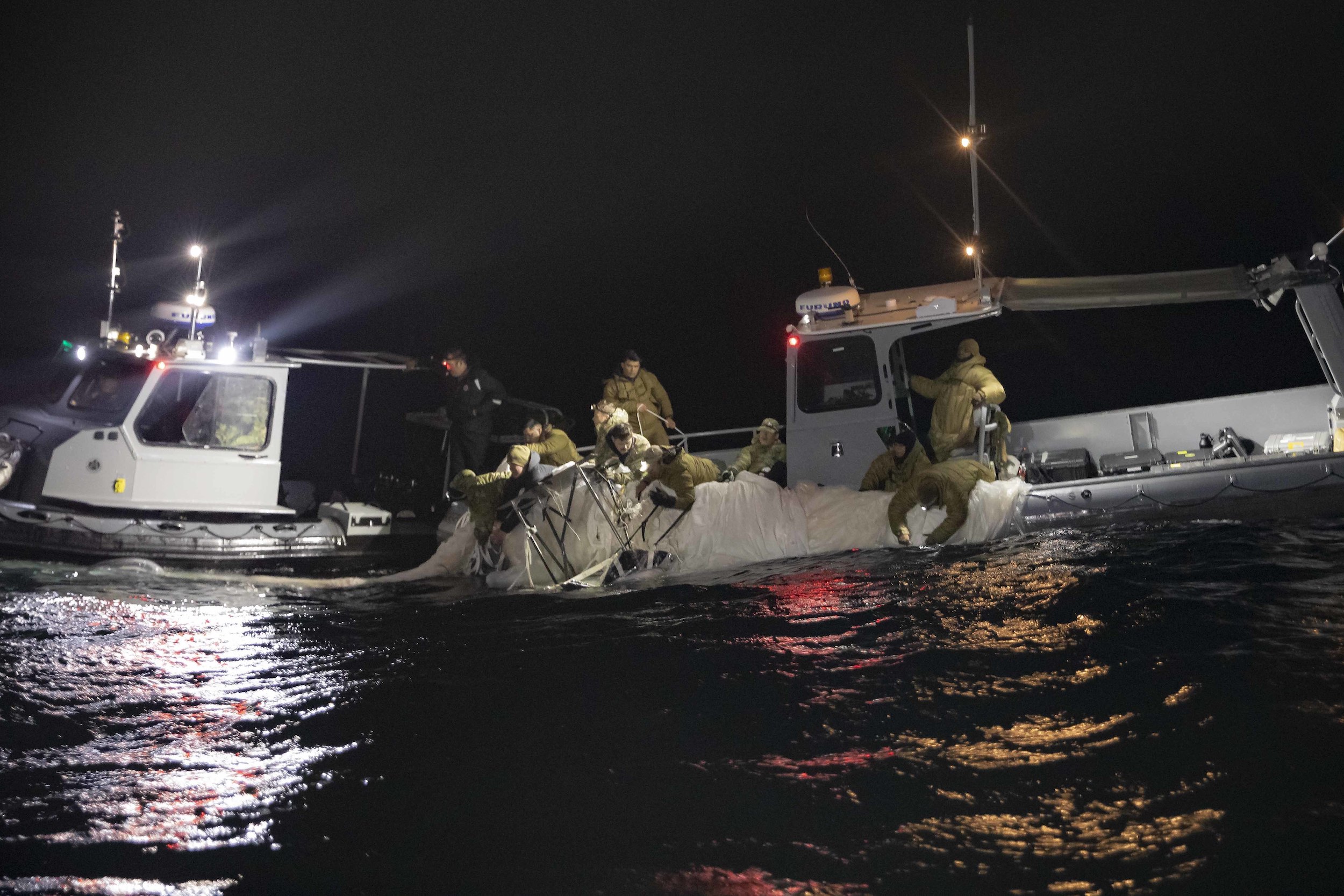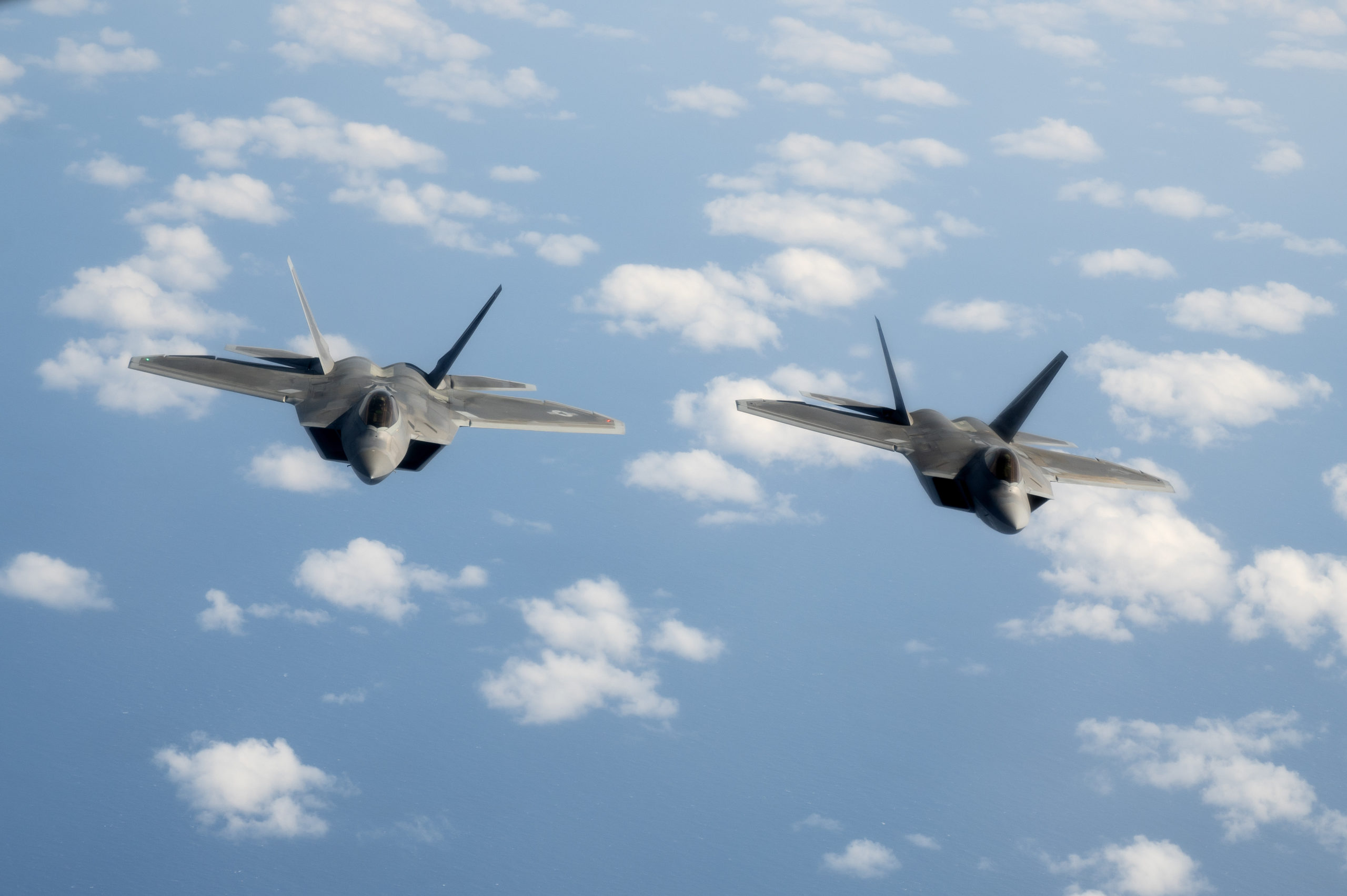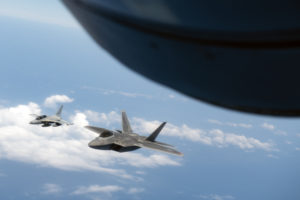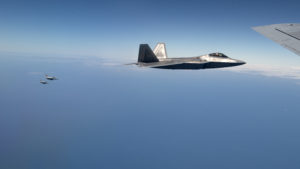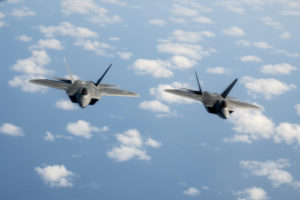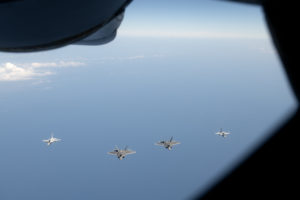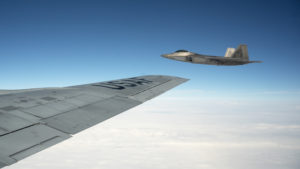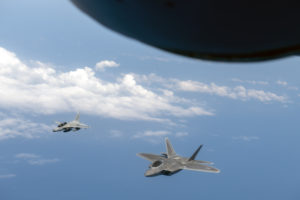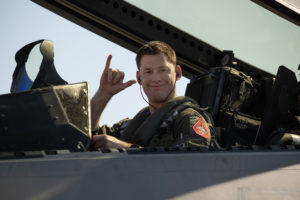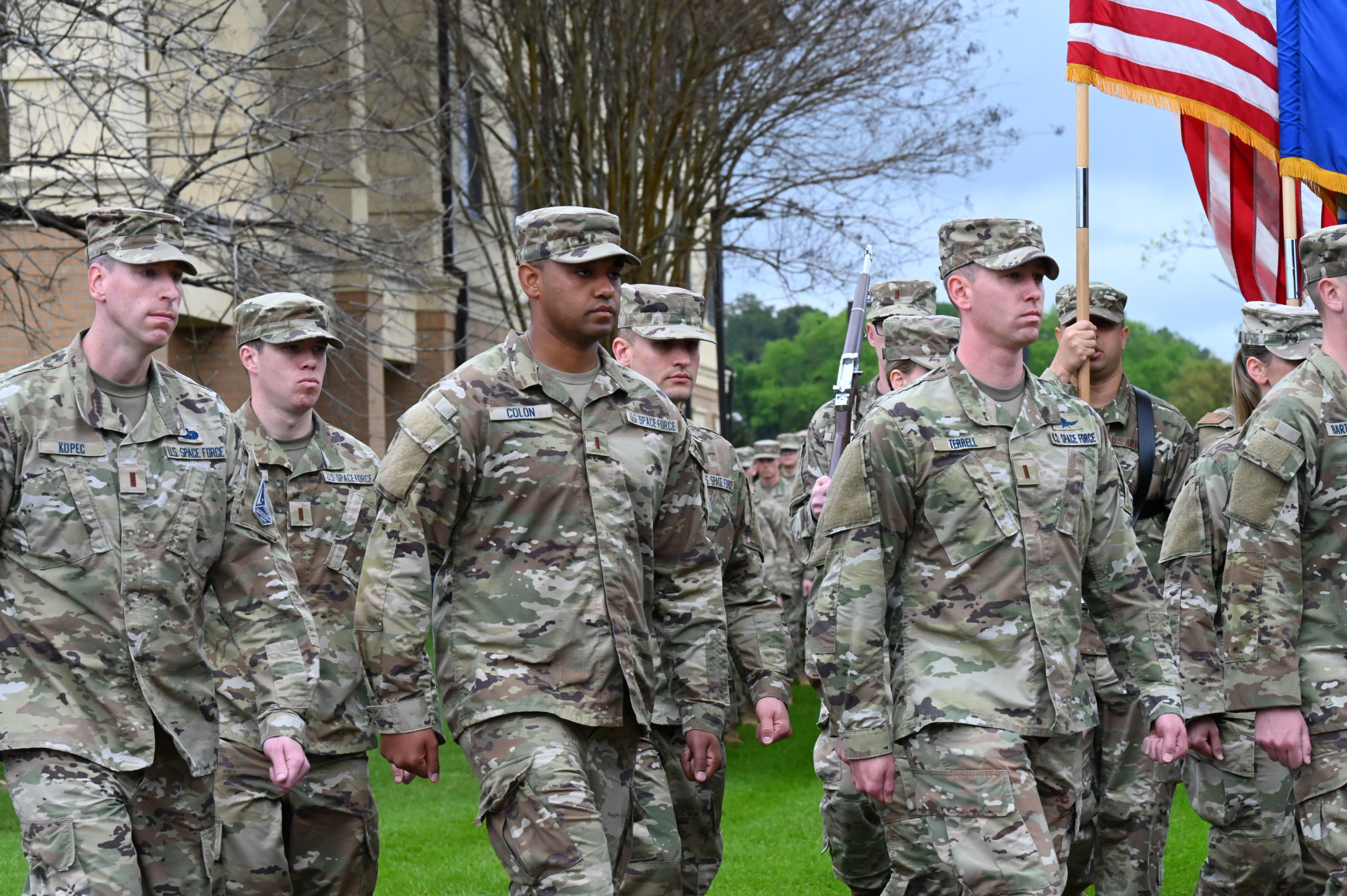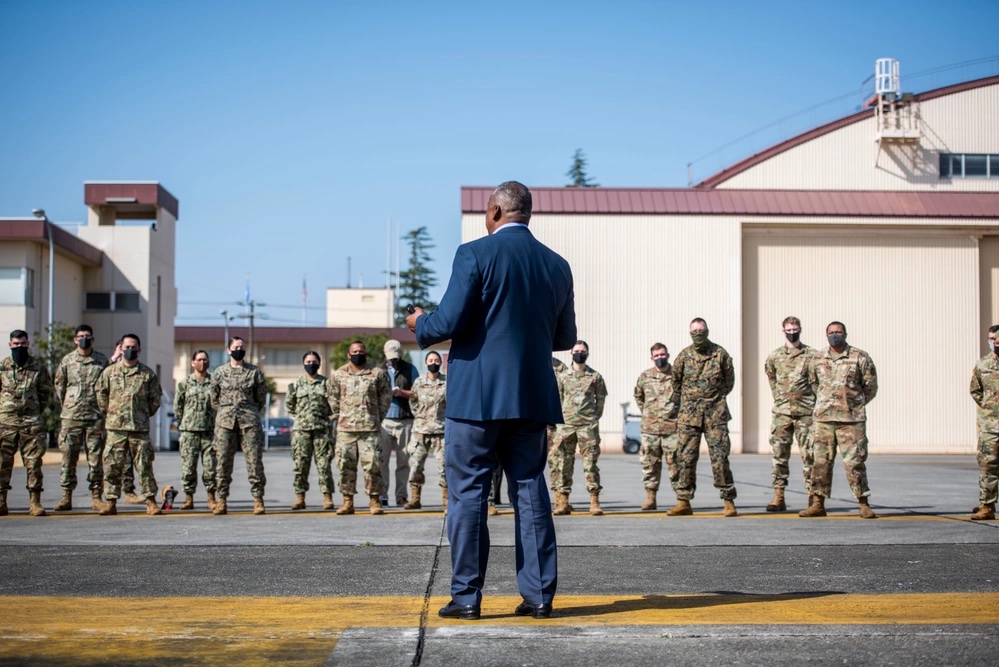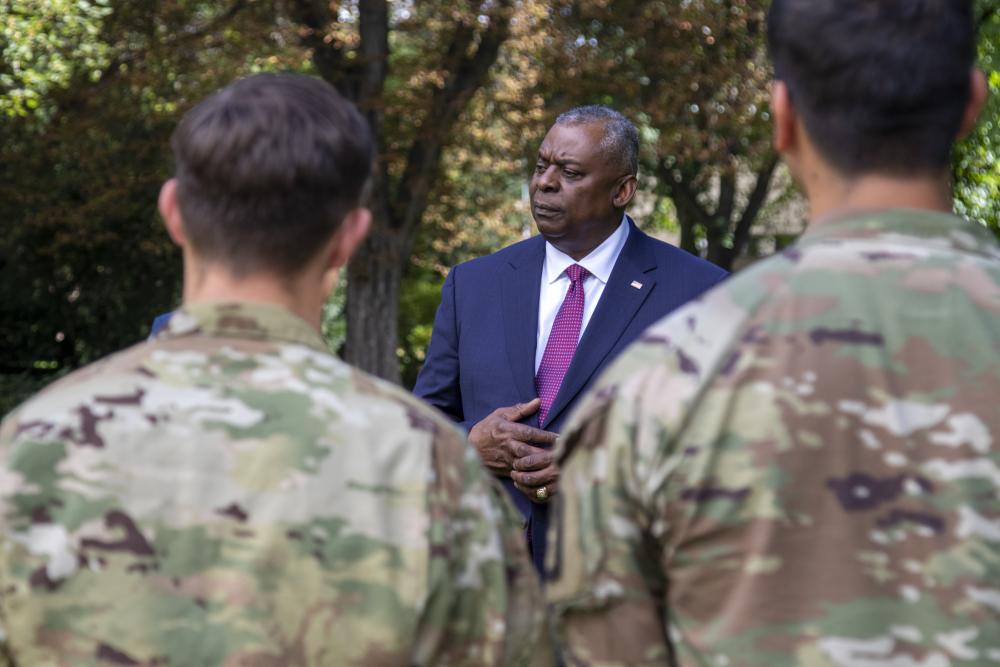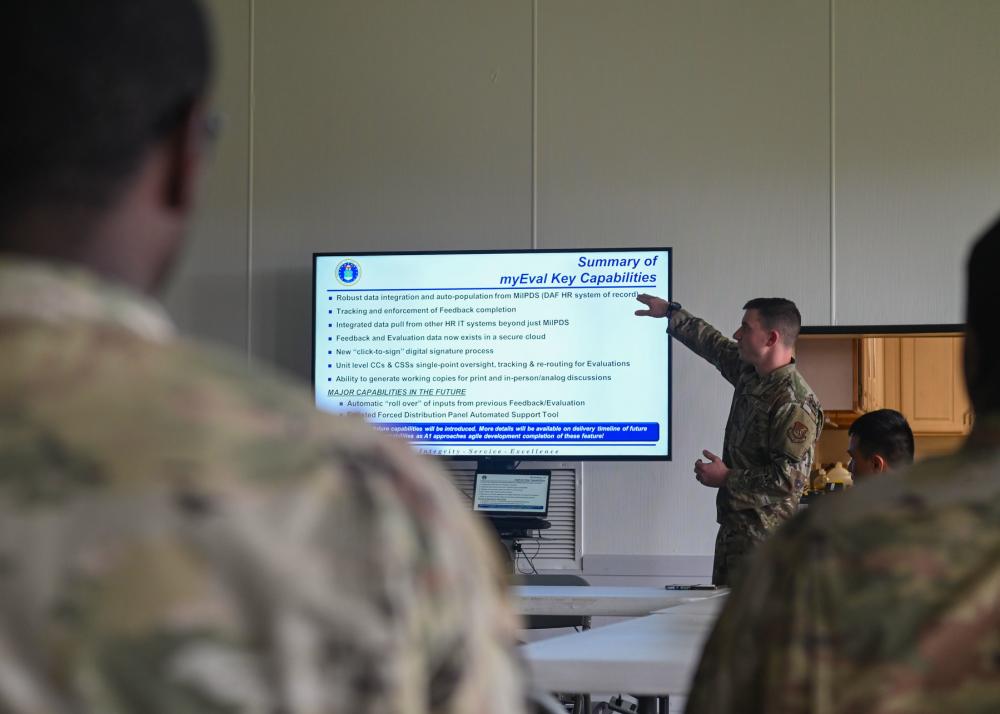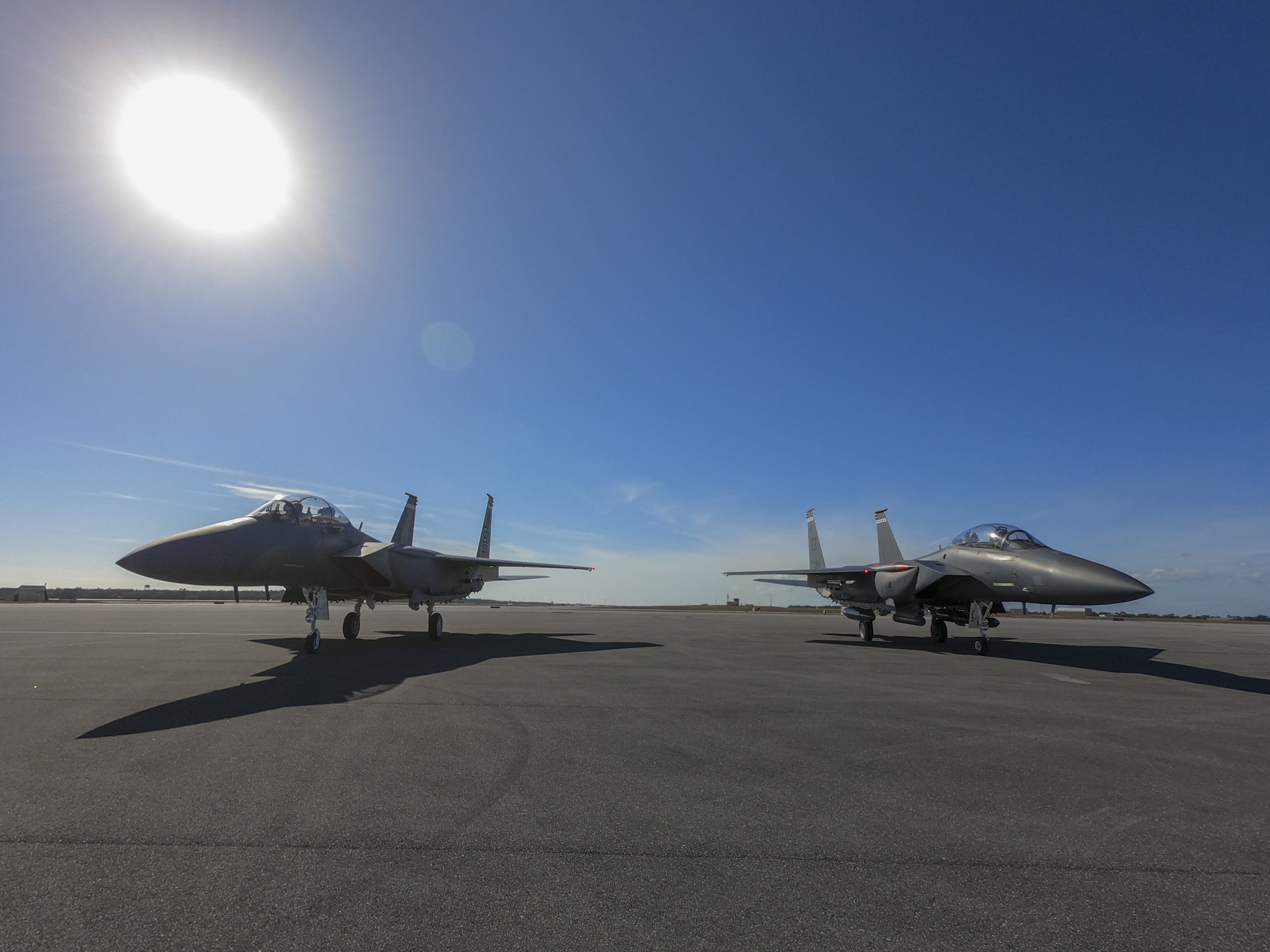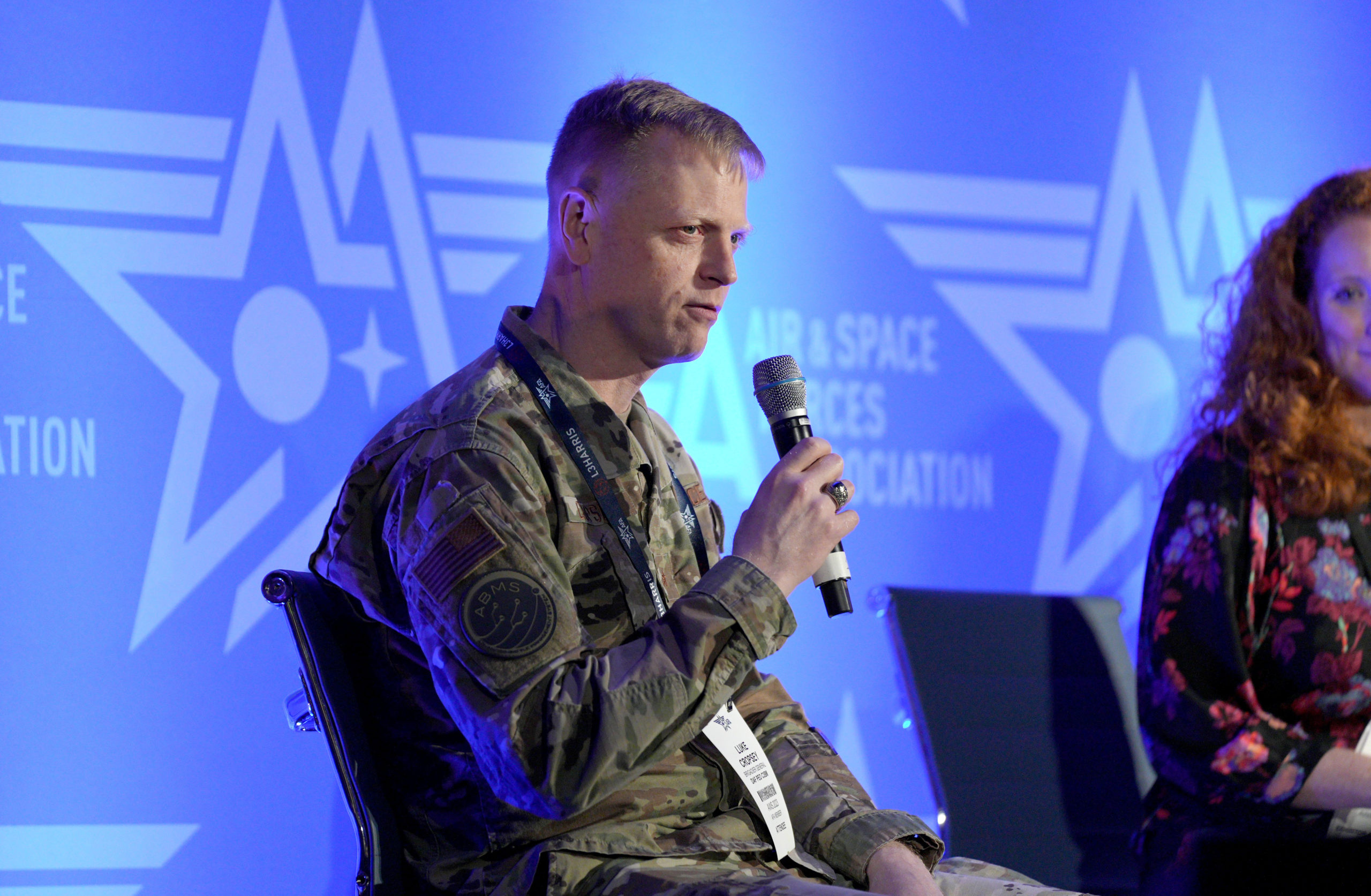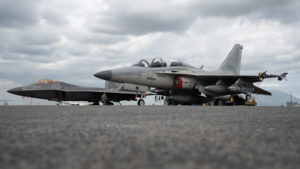
A U.S. Air Force F-22A Raptor and a Philippine Air Force FA-50PH are parked on the flightline during a static aircraft display at Clark Air Base, Philippines, March 13, 2023. Integrating and training alongside the Philippine Air Force promotes interoperability, builds upon our strong alliance, and reaffirms the commitment to the Mutual Defense Treaty and maintaining peace and stability throughout the Indo-Pacific region. (U.S. Air Force photo by Senior Airman Jessi Roth)
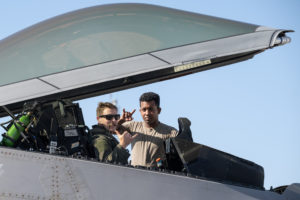
U.S. Air Force Capt. Joe Baumann, 525th Fighter Squadron F-22A Raptor pilot, and Senior Airman Randy Siri, 3rd Aircraft Maintenance Squadron crew chief, pose for a photo prior to departure from Clark Air Base, Philippines, March 14, 2023. Bilateral training and cooperation with our Philippine Air Force counterparts enhances the mutual readiness required to defend security, prosperity, and peace throughout the Indo-Pacific region. (U.S. Air Force photo by Senior Airman Jessi Roth)
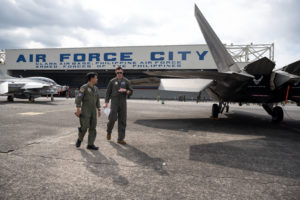
U.S. Air Force Capt. Karl Schroeder, 525th Fighter Squadron F-22A Raptor pilot, briefs Philippine Air Force Brig. Gen. Leo Fontanilla, 5th Fighter Wing commander, on the capabilities of the Raptor during a static aircraft tour at Clark Air Base, Philippines, March 13, 2023. Enhancing interoperability between the U.S. and Philippine air forces contributes to the long-term advancement of our nations’ shared interest in maintaining a free and open Indo-Pacific. (U.S. Air Force photo by Senior Airman Jessi Roth)
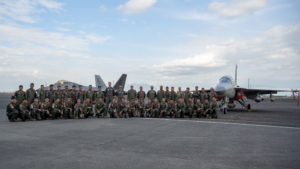
U.S. Air Force and Philippine Air Force members came together for an integration and training event at Clark Air Base, Philippines, March 13, 2023. By strengthening partnerships through bilateral engagements with key Allies like the Philippines, PACAF enhances a networked security architecture capable of deterring common threats, protecting shared resources and upholding sovereignty throughout the Indo-Pacific region. (U.S. Air Force photo by Senior Airman Jessi Roth)

A Philippine Air Force pilot sits in the cockpit of a KC-135 Stratotanker assigned to the 909th Air Refueling Squadron during a static aircraft tour at Clark Air Base, Philippines, March 13, 2023. Bilateral training and cooperation with our Philippine Air Force counterparts enhances the mutual readiness required to defend security, prosperity, and peace throughout the Indo-Pacific region. (U.S. Air Force photo by Senior Airman Jessi Roth)
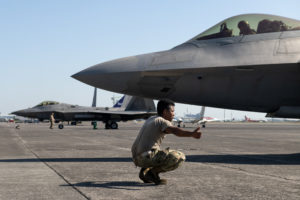
U.S. Air Force Senior Airman Randy Siri, 3rd Aircraft Maintenance Squadron crew chief, conducts pre-flight checks of an F-22A Raptor prior to a bilateral training flight out of Clark Air Base, Philippines, March 14, 2023. By strengthening partnerships through bilateral engagements with key Allies like the Philippines, PACAF enhances a networked security architecture capable of deterring common threats, protecting shared resources and upholding sovereignty throughout the Indo-Pacific region. (U.S. Air Force photo by Senior Airman Jessi Roth)
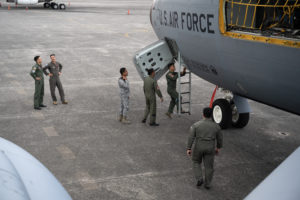
Members of the Philippine Air Force board a KC-135 Stratotanker assigned to the 909th Air Refueling Squadron during a static jet tour at Clark Air Base, Philippines, March 13, 2023. Enhancing interoperability between the U.S. and Philippine air forces contributes to the long-term advancement of our nations’ shared interest in maintaining a free and open Indo-Pacific. (U.S. Air Force photo by Senior Airman Jessi Roth)
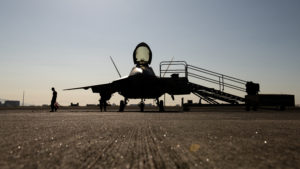
U.S. Air Force Airmen from the 3rd Aircraft Maintenance Squadron prepare an F-22A Raptor assigned to the 525th Fighter Squadron for departure from Clark Air Base, Philippines, March 14, 2023. Enhancing interoperability between the U.S. and Philippine air forces contributes to the long-term advancement of our nations’ shared interest in maintaining a free and open Indo-Pacific. (U.S. Air Force photo by Senior Airman Jessi Roth)
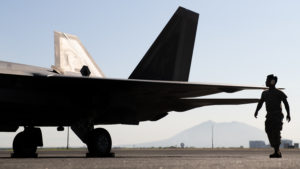
U.S. Air Force Senior Airman Randy Siri, 3rd Aircraft Maintenance Squadron crew chief, conducts pre-flight checks on an F-22A Raptor prior to a bilateral training flight out of Clark Air Base, Philippines, March 14, 2023. Enhancing interoperability between the U.S. and Philippine air forces contributes to the long-term advancement of our nations’ shared interest in maintaining a free and open Indo-Pacific. (U.S. Air Force photo by Senior Airman Jessi Roth)
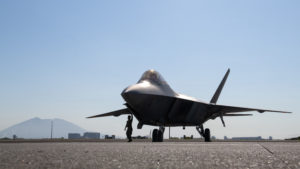
U.S. Air Force Senior Airman Randy Siri, 3rd Aircraft Maintenance Squadron crew chief, conducts pre-flight checks on an F-22A Raptor prior to a bilateral training flight out of Clark Air Base, Philippines, March 14, 2023. By strengthening partnerships through bilateral engagements with key Allies like the Philippines, PACAF enhances a networked security architecture capable of deterring common threats, protecting shared resources and upholding sovereignty throughout the Indo-Pacific region. (U.S. Air Force photo by Senior Airman Jessi Roth)
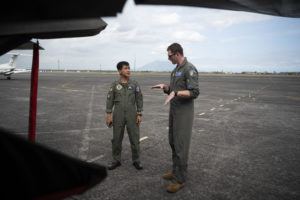
U.S. Air Force Capt. Karl Schroeder, 525th Fighter Squadron F-22A Raptor pilot, briefs Philippine Air Force Brig. Gen. Leo Fontanilla, 5th Fighter Wing commander, on the capabilities of the Raptor during a static aircraft tour at Clark Air Base, Philippines, March 13, 2023. Bilateral training and cooperation with our Philippine Air Force counterparts enhances the mutual readiness required to defend security, prosperity, and peace throughout the Indo-Pacific region. (U.S. Air Force photo by Senior Airman Jessi Roth)
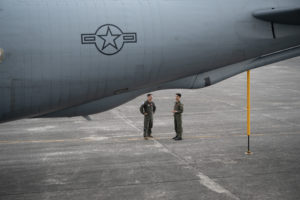
U.S. Air Force Senior Airman Christian Lawhorn, 909th Air Refueling Squadron boom operator, discusses aerial refueling capabilities with a Philippine Air Force pilot during a static aircraft tour at Clark Air Base, Philippines, March 13, 2023. Bilateral training and cooperation with our Philippine Air Force counterparts enhances the mutual readiness required to defend security, prosperity, and peace throughout the Indo-Pacific region. (U.S. Air Force photo by Senior Airman Jessi Roth)

U.S. Air Force Senior Airman Randy Siri, 3rd Aircraft Maintenance Squadron crew chief, prepares to marshal an F-22A Raptor onto the flightline at Clark Air Base, Philippines, March 14, 2023. Enhancing interoperability between the U.S. and Philippine air forces contributes to the long-term advancement of our nations’ shared interest in maintaining a free and open Indo-Pacific. (U.S. Air Force photo by Senior Airman Jessi Roth)
